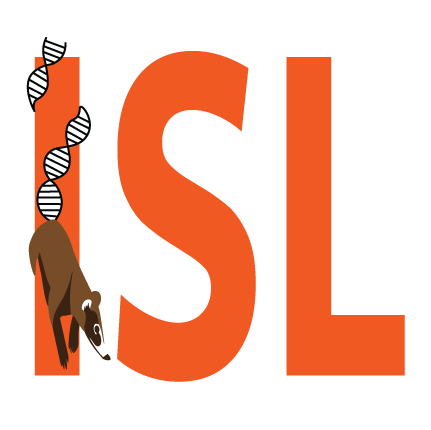Classes of Labs
Normally, laboratories are classified in two ways – by type of work and biosafety level. In addition, when it comes to ISL laboratories – which frequently fill regional or even national gaps in infrastructure – we find it helpful to classify them using two further features – operational scale and mobility.
Type of Work
Type of Work
These can include one or more themes such as: infectious disease, molecular ecology, or toxicology.
Mobility
Mobility
The smaller the lab, the easier it is to pack. Portability of equipment is an important factor in designing ISL laboratories
Biosafety Levels
Biosafety Levels
The biosecurity level that reflects human health risks associated with the type of sample and procedures in the lab.
Scale
Typically, new labs will begin at small scales, and have potential to grow depending on factors such as access to funding and involvement of increasing numbers of stakeholders.
